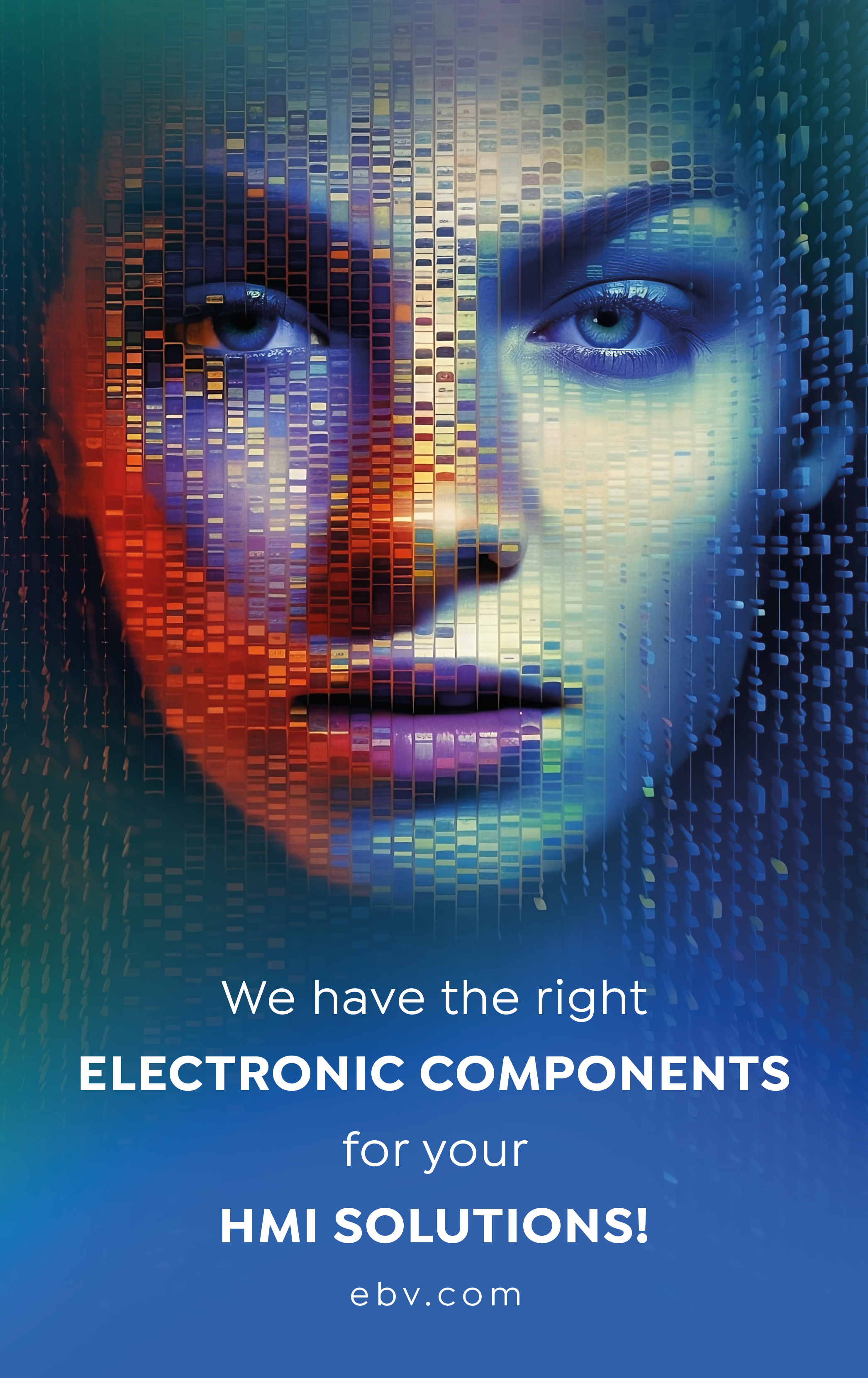Start-ups around the world are working on innovative solutions for increasingly natural interactions with machines and computers. Here we present six exciting companies as examples of this inventive spirit.
Recognising Cognitive State
The deep-tech brain monitoring developed by CorrActions utilises existing motion sensors, for example in the steering wheel, to detect the cognitive state of drivers and passengers. It analyses micro-movements that indicate a range of cognitive symptoms, such as whether a driver is drunk or overly tired. The existing hardware in the vehicle does not need to be changed.
Transparent Display
The transparency of the 55-inch OLED panel developed by United Screens is about 40 percent. This allows an object in the background to be seen through for staging purposes. An infrared touch frame captures up to ten simultaneous touch points and the interface invites intuitive interaction with the content shown. The display can be used as an eye-catcher at an event or for digital signage.
Feeling the Virtual World
HaptX has developed Human Machine Interfaces in the form of gloves that simulate touch sensations using hundreds of microfluidic actuators. This allows for natural interaction and true touch haptics in virtual reality and robotics. In a multiplayer collaboration, multiple users can work in the same virtual environment and touch the same objects.
Lightweight AR Glasses
Kura’s AR headset offers 95 percent lens transparency and a 150-degree field of view in a compact form factor that is almost the same as a normal pair of glasses. Thanks to the high transparency, natural eye contact is possible, and the user can perform other tasks while using the headset. No light escapes forward, so others cannot see the display.
Bandwidth for the Brain
Paradromics is bringing to market a high-data-rate Brain Computer Interface. The first application of the interface is a BCI-capable communication aid for people with severe motor disabilities. Cortical modules record signals from more than 1,600 individual neurons; a cranial hub powers the cortical modules and completes signal processing.
Voice-based HMI
Linguwerk has developed voice recognition specifically for intuitive human-machine communication. The solution incorporates a variety of input and output modalities into the HMI behaviour of the machine, device or assistant, in addition to voice recognition and speech output. With an individually configurable wake word, the voice interface can be activated touch-free and reliably.

